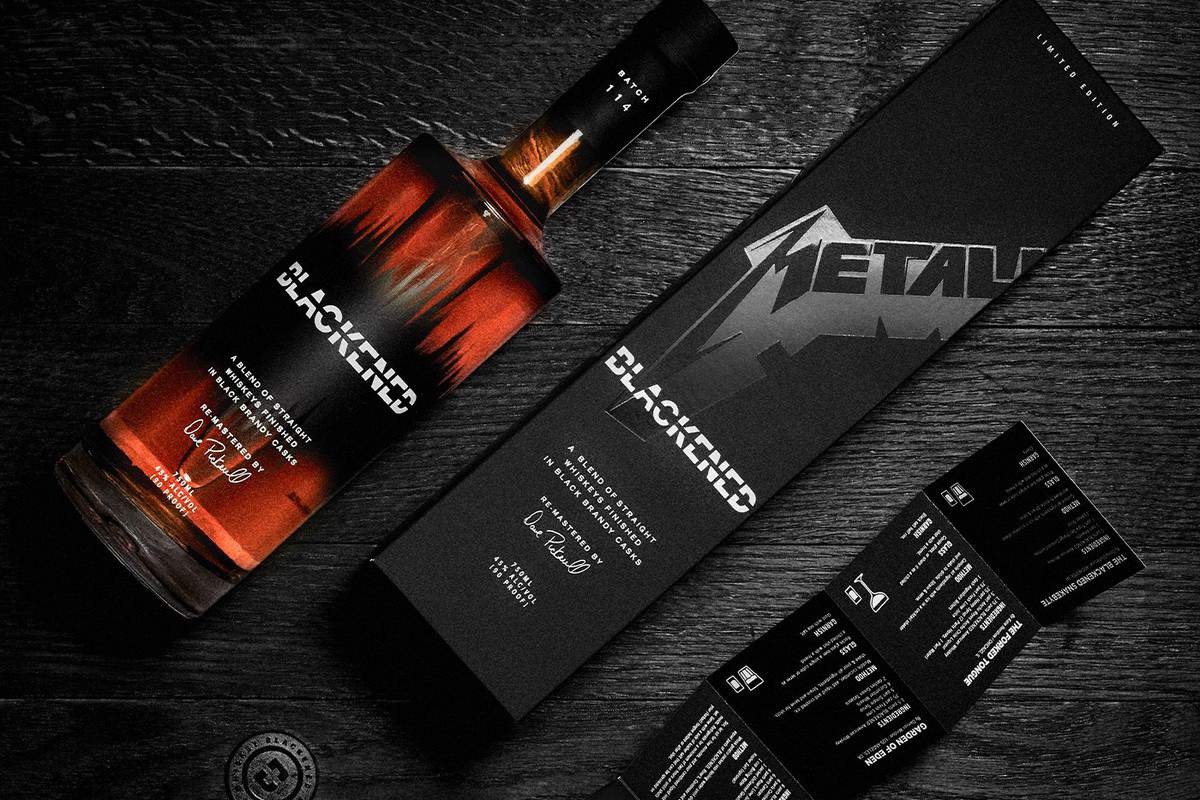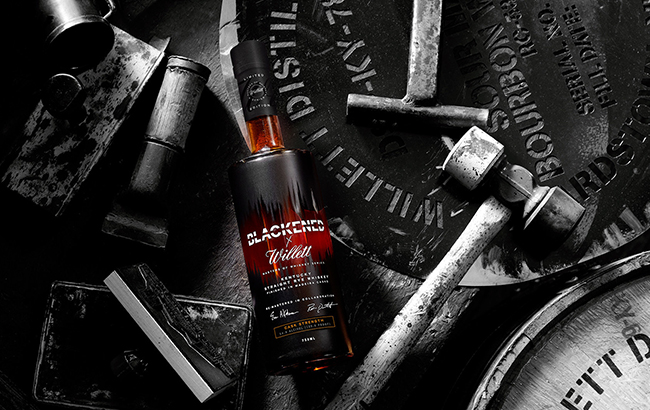

The chosen frequency is important, and using low frequency hertz, which creates an intense vibration and is an important step in our process of sonically enhancing the whiskey through rapid barrel interaction, or as you stated, absorption and expulsion. JM: As I understand the process, low frequency sounds, essentially base notes, induce vibrations within the liquid, which speed up its interaction with cask wood, basically the absorption and expulsion of the whiskey from the wood. It worked so well, we have trademarked the process as ‘Black Noise’. As a whiskey distiller, I am always interested in new and unusual possibilities, and was absolutely intrigued by the process that Dave Pickerell – the founding master distiller of Blackened Whiskey – created with the sonic enhancement of our already-aged whiskey blend. I first heard about other whiskey brands playing music to their whiskey barrels around 2007 or so, assuming it was in order to experiment with vibration and aging techniques. A ‘romantic’ view of playing music to the barrels of wine seemed to bring another element of elegance, so to speak, to the wine, however I don’t believe it has ever been with the intention of sonically enhancing or speed up maturation. I feel like the concept has been used in the wine industry for some time before it had been applied to the world of whiskey. RD: The idea of using music to enhance whiskey during maturation has been around for many years, however, by collaborating with a sound company and truly studying the effects of low frequency sonic enhancement during the maturation process, Blackened Whiskey has begun perfecting the process.

Master Distiller Rob Dietrich with a bottle of Blackened Photo, courtesy Danny Clinch JM: Using low frequency sounds to enhance or speed up maturation has been used by a number of whiskey companies, most notably Tuthilltown Spirits/Hudson Whiskey.

Recently, I sat down with Rob Dietrich to talk about Metallica’s Blackened whiskey and delve into the world of sonically enhanced maturation. Dietrich has a through grasp of the underlying science of sonic maturation. It would be tempting to dismiss Blackened’s sonic enhancement as little more than a marketing gimmick. The playlist for this Blackened expression was selected by Dietrich and Metallica co-founder Lars Ulrich, and was comprised of an eclectic mix of what Dietrich described as “rare, live and studio recordings” drawn from various albums. The Batch 100, one of the latest releases, only comes in a limited-edition box set consisting of a bottle of Batch 100 Blackened whiskey, two 12-inch vinyl picture discs of the custom Metallica playlist used in the whiskey’s finishing process and the first edition of the Blackened Zine. Since then, a total of 22 batches, from Batch 81 to Batch 102, have been produced. It can be accessed on the Blackened website and can also be listened to on Spotify and Apple Music. The Batch 81, named for the year in which Metallica was formed, was the company’s first release. The sonic treatment agitates the whiskey, maximizing the extraction of flavor from the wood.Īccording to Dietrich, each batch of Blackened was subject to a unique playlist curated by the band members themselves. Blackened uses a proprietary sonic-enhanced maturation process, dubbed Black Noise, that literally pummels the black brandy casks that held the whiskey with low hertz vibrations. The use of sonic maturation is a concept that has been around for several decades. This is the first instance when a rock band used their own music in the form of sonic maturation to shape the aroma and flavor profile of a whiskey while it was aging. The band, or to be more specific, the band’s music, played a pivotal role in shaping the character of the whiskey.

Metallica’s Blackened whiskey is different.


 0 kommentar(er)
0 kommentar(er)
